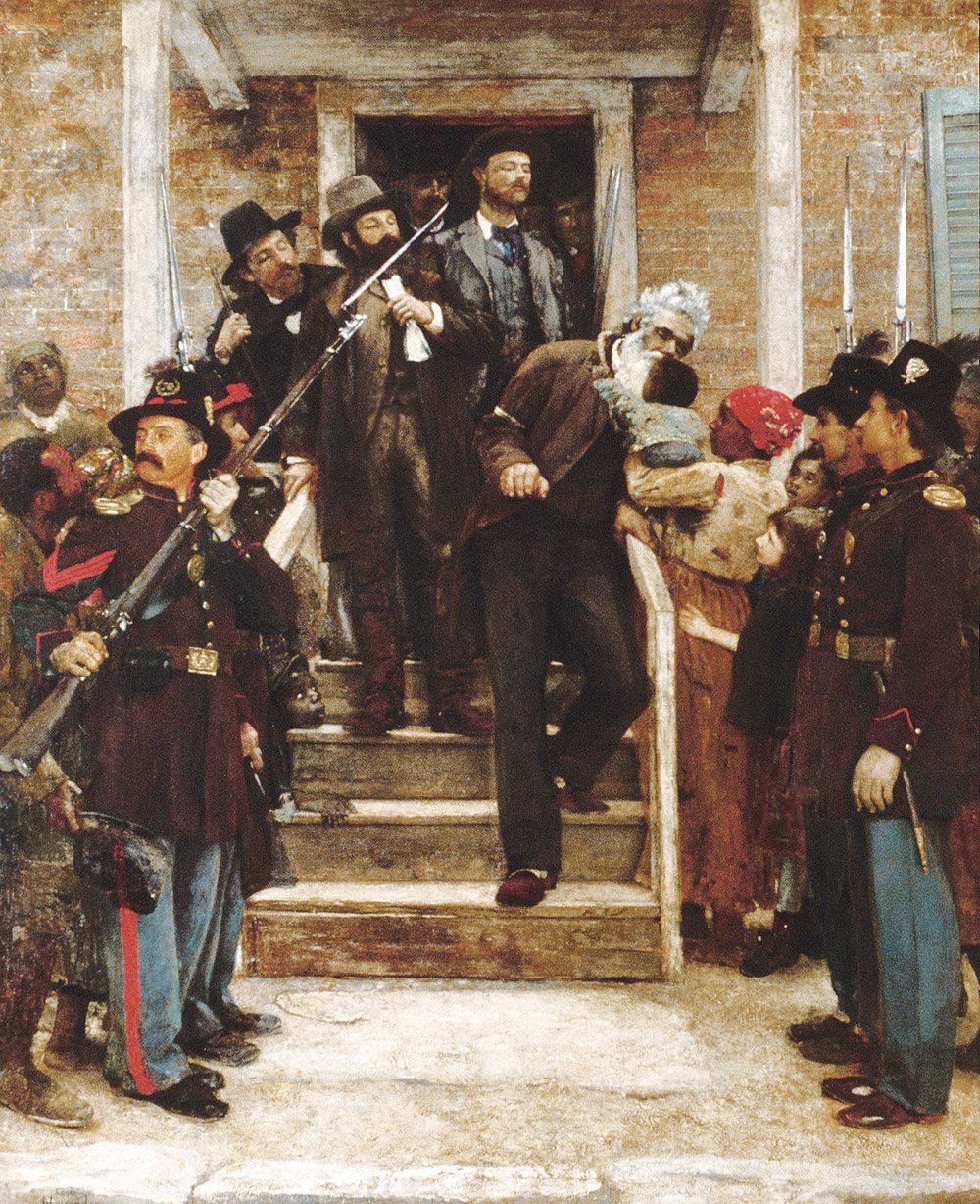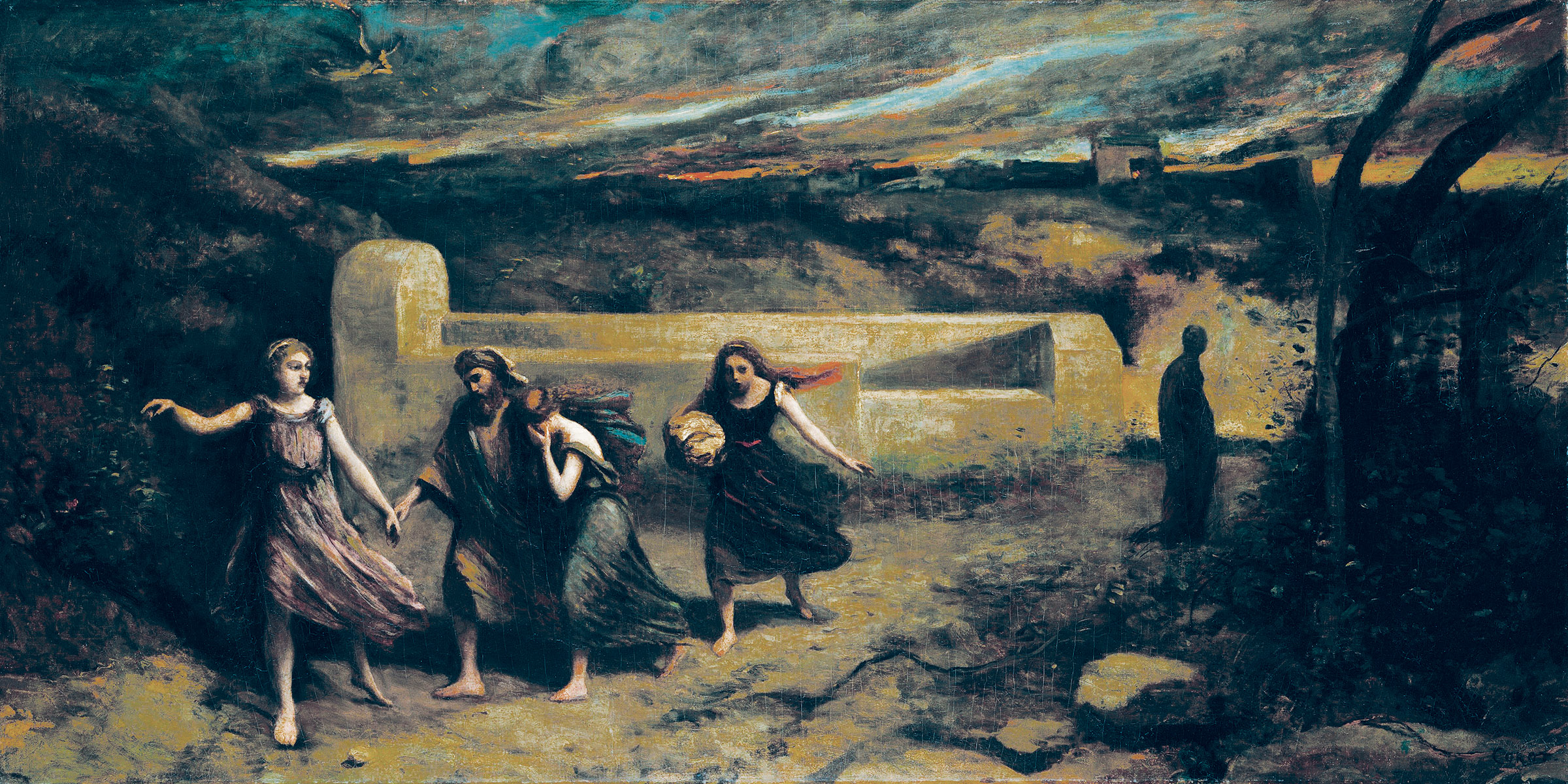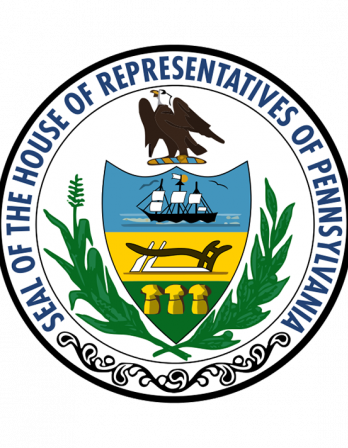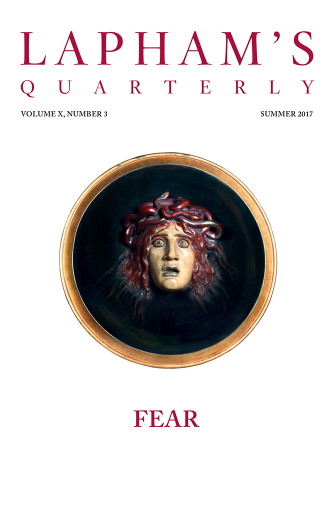The law is far, the fist is near.
—Korean proverb,Frederick Douglass Corrects the Record
Have the people mistaken the requirements of their own Constitution?
I come to the great question as to the constitutionality of slavery. The recent slaveholding decision, as well as the teachings of antislavery men, make this a fit time to discuss the constitutional pretensions of slavery.
The people of the North are a law-abiding people. They love order and respect the means to that end. This sentiment has sometimes led them to the folly and wickedness of trampling upon the very life of law, to uphold its dead form. This was so in the execution of that thrice-accursed Fugitive Slave Bill. Burns and Sims were sent back to the hell of slavery after they had looked upon Bunker Hill and heard liberty thunder in Faneuil Hall. The people permitted this outrage in obedience to the popular sentiment of reverence for law. While men thus respect law, it becomes a serious matter so to interpret the law as to make it operate against liberty. I have a quarrel with those who fling the supreme law of this land between the slave and freedom. It is a serious matter to fling the weight of the Constitution against the cause of human liberty, and those who do it take upon them a heavy responsibility. Nothing but absolute necessity shall or ought to drive me to such a concession to slavery.
When I admit that slavery is constitutional, I must see slavery recognized in the Constitution. I must see that it is there plainly stated that one man of a certain description has a right of property in the body and soul of another man of a certain description. There must be no room for a doubt. In a matter so important as the loss of liberty, everything must be proved beyond all reasonable doubt.
The well-known rules of legal interpretation bear me out in this stubborn refusal to see slavery where slavery is not, and only to see slavery where it is.

The Last Moments of John Brown, by Thomas Hovenden, c. 1884. The Metropolitan Museum of Art, Gift of Mr. and Mrs. Carl Stoeckel, 1897.
The Supreme Court has, in its day, done something better than make slaveholding decisions. It has laid down rules of interpretation which are in harmony with the true idea and object of law and liberty.
It has told us that the intention of legal instruments must prevail, and that this must be collected from its words. It has told us that language must be construed strictly in favor of liberty and justice.
It has told us where rights are infringed, where fundamental principles are overthrown, and where the general system of the law is departed from, the legislative intention must be expressed with irresistible clearness to induce a court of justice to suppose a design to effect such objects.
These rules are as old as law. They rise out of the very elements of law. It is to protect human rights and promote human welfare. Law is in its nature opposed to wrong and must everywhere be presumed to be in favor of the right. The pound of flesh, but not one drop of blood, is a sound rule of legal interpretation.
Besides there is another rule of law as well as of common sense, which requires us to look to the ends for which a law is made, and to construe its details in harmony with the ends sought.
Now let us approach the Constitution from the standpoint thus indicated, and instead of finding in it a warrant for the stupendous system of robbery, comprehended in the term slavery, we shall find it strongly against that system.
We, the people of the United States, in order to form a more perfect union, establish justice, insure domestic tranquility, provide for the common defense, promote the general welfare, and secure the blessings of liberty to ourselves and our posterity, do ordain and establish this constitution for the United States of America.
Such are the objects announced by the instrument itself, and they are in harmony with the Declaration of Independence, and the principles of human well-being.
Six objects are here declared, “union,” “defense,” “welfare,” “tranquility,” “justice,” and “liberty.”
Neither in the preamble nor in the body of the Constitution is there a single mention of the term slave or slaveholder, slave master or slave state, neither is there any reference to the color or the physical peculiarities of any part of the people of the United States. Neither is there anything in the Constitution standing alone which would imply the existence of slavery in this country.

Two Friends on the Shore of Long Island, by Devin Leonardi, 2009. Acrylic on paper, 21½ x 28¾ inches. © Devin Leonardi, courtesy of the artist and Altman Siegel, San Francisco.
“We, the people”—not we, the white people—not we, the citizens, or the legal voters—not we, the privileged class, and excluding all other classes, but we, the people; not we, the horses and cattle, but we, the people—the men and women, the human inhabitants of the United States, do ordain and establish this Constitution, etc.
I ask, then, any man to read the Constitution and tell me where, if he can, in what particular that instrument affords the slightest sanction of slavery?
Where will he find a guarantee for slavery? Will he find it in the declaration that no person shall be deprived of life, liberty, or property without due process of law? Will he find it in the declaration that the Constitution was established to secure the blessings of liberty? Will he find it in the right of the people to be secure in their persons and papers and houses and effects? Will he find it in the clause prohibiting the enactment by any state of a bill of attainder?
These all strike at the root of slavery, and any one of them, but faithfully carried out, would put an end to slavery in every state in the American Union.
Take, for example, the prohibition of a bill of attainder. That is a law entailing on the child the misfortunes of the parent. This principle would destroy slavery in every state of the union.
The law of slavery is a law of attainder. The child is property because its parent was property, and suffers as a slave because its parent suffered as a slave.
Thus the very essence of the whole slave code is in open violation of a fundamental provision of the Constitution, and is in open and flagrant violation of all the objects set forth in the Constitution.
What have we on the other side? How is the constitutionality of slavery made out, or attempted to be made out?
First, by discrediting and casting away as worthless the most beneficent rules of legal interpretation; by disregarding the plain and commonsense reading of the instrument itself; by showing that the Constitution does not mean what it says, and says what it does not mean, by assuming that the written Constitution is to be interpreted in the light of a secret and unwritten understanding of its framers, which understanding is declared to be in favor of slavery. It is in this mean, contemptible, underhand method that the Constitution is pressed into the service of slavery.

The Burning of Sodom, by Camille Corot, 1857. The Metropolitan Museum of Art, H.O. Havemeyer Collection, Bequest of Mrs. H.O. Havemeyer, 1929.
They do not point us to the Constitution itself, for the reason that there is nothing sufficiently explicit for their purpose; but they delight in supposed intentions—intentions nowhere expressed in the Constitution, and everywhere contradicted in the Constitution.
In his Dred Scott decision, Judge Taney lays down a system of interpreting in this wise. His argument is that the Constitution comes down to us from a slaveholding period and a slaveholding people; and that, therefore, we are bound to suppose that the Constitution recognizes colored persons of African descent, the victims of slavery at that time, as debarred forever from all participation in the benefit of the Constitution and the Declaration of Independence, although the plain reading of both includes them in their beneficent range.
As a man, an American, a citizen, a colored man of both Anglo-Saxon and African descent, I denounce this representation as a most scandalous and devilish perversion of the Constitution, and a brazen misstatement of the facts of history.
But I will not content myself with mere denunciation; I invite attention to the facts.
It is a fact, a great historic fact, that at the time of the adoption of the Constitution, the leading religious denominations in this land were antislavery, and were laboring for the emancipation of the colored people of African descent.
The testimony of the church, and the testimony of the founders of this republic, from the Declaration downward, prove Judge Taney false: as false to history as he is to law.
Washington and Jefferson and Adams and Jay and Franklin and Rush and Hamilton and a host of others held no such degrading views on the subject as are imputed by Judge Taney to the fathers of the republic.
All, at that time, looked for the gradual but certain abolition of slavery and shaped the Constitution with a view to this grand result.
George Washington can never be claimed as a fanatic, or as the representative of fanatics. The slaveholders impudently use his name for the base purpose of giving respectability to slavery. Yet in a letter to Robert Morris, he uses this language—language which, at this day, would make him a terror of the slaveholders and the natural representative of the Republican Party.
There is not a man living who wishes more sincerely than I do to see some plan adopted for the abolition of slavery; but there is only one proper and effectual mode by which it can be accomplished, and that is by legislative authority; and this, as far as my suffrage will go, shall not be wanting.
Washington only spoke the sentiment of his times. There were, at that time, abolition societies in the slave states—abolition societies in Virginia, in North Carolina, in Maryland, in Pennsylvania, and in Georgia—all slaveholding states. Slavery was so weak, and liberty so strong, that free speech could attack the monster to its teeth. Men were not mobbed and driven out of the presence of slavery merely because they condemned the slave system. The system was then on its knees, imploring to be spared until it could get itself decently out of the world.
In the light of these facts, the Constitution was framed, and framed in conformity to it.
It may, however, be asked, if the Constitution were so framed that the rights of all the people were naturally protected by it, how happens it that a large part of the people have been held in slavery ever since its adoption? Have the people mistaken the requirements of their own Constitution?
The answer is ready. The Constitution is one thing, its administration is another and, in this instance, a very different and opposite thing. I am here to vindicate the law, not the administration of the law. It is the written Constitution, not the unwritten Constitution, that is now before us. If, in the whole range of the Constitution, you can find no warrant for slavery, then we may properly claim it for liberty.
Good and wholesome laws are often found dead on the statute book. We may condemn the practice under them and against them but never the law itself. To condemn the good law with the wicked practice is to weaken, not to strengthen, our testimony.

Frederick Douglass
From “The Dred Scott Decision.” Brought to Illinois and Wisconsin, where slavery was illegal, then back to the slave state of Missouri, Scott sued for his family’s freedom in 1846. After eleven years of appeals and retrials, the Supreme Court ruled against him in March 1857. Chief Justice Roger B. Taney’s opinion declared blacks “had no rights which the white man was bound to respect.” Two months later, Douglass, who had escaped to freedom in 1838, delivered this address to the American Abolition Society; four years later came the first shots of the Civil War.

